

Articles
How To Store Pinto Beans
Modified: January 8, 2024
Learn how to store pinto beans properly with these informative articles. Ensure long-lasting freshness and taste in your pantry.
(Many of the links in this article redirect to a specific reviewed product. Your purchase of these products through affiliate links helps to generate commission for Storables.com, at no extra cost. Learn more)
Introduction
Welcome to the world of pinto beans! These versatile legumes are known for their delicious taste and high nutritional value. Whether you are a cooking enthusiast, a prepper looking to stock up on long-term food supplies, or simply want to ensure the freshness and quality of your pinto beans, knowing how to store them properly is essential.
In this article, we will explore the various methods of storing pinto beans to keep them fresh and ready to use whenever you need them. We will discuss the benefits of storing pinto beans, how to choose and prepare them for storage, and the different storage methods available, including dry storage, canning, freezing, and the use of mylar bags for long-term storage. By the end of this article, you will have all the knowledge you need to become a pinto bean storage expert!
But before we dive into the details of storage methods, let’s take a moment to understand why it’s important to store pinto beans properly.
Key Takeaways:
- Properly stored pinto beans offer long shelf life, cost savings, and cooking convenience. Choose airtight containers, keep them dry, and store in a cool, dark place for optimal freshness.
- Explore various storage methods for pinto beans, including dry storage, canning, freezing, and Mylar bags. Label containers, rotate stock, and monitor shelf life to enjoy fresh, nutritious beans for years.
Read more: How To Store Cooked Pinto Beans
Benefits of Storing Pinto Beans
Storing pinto beans offers numerous benefits, making it a worthwhile endeavor for anyone who appreciates their versatility and nutritional value. Here are some key advantages:
- Long Shelf Life: Properly stored pinto beans can last for an extended period, keeping their quality intact. This is especially important for those interested in building a long-term food storage supply or for emergency preparedness.
- Cost Savings: Buying pinto beans in bulk and storing them can save you money in the long run. Purchasing in bulk usually offers significant savings compared to buying smaller packages from the store. Additionally, having a stockpile of pinto beans means you won’t have to constantly purchase them at potentially higher prices.
- Convenience: Storing pinto beans allows you to have them readily available whenever you need them. Instead of making frequent trips to the store or having to rely on canned alternatives, you can simply reach into your storage and grab the desired amount of beans for cooking.
- Dietary Versatility: Pinto beans are a fantastic source of plant-based protein, fiber, vitamins, and minerals. By having a stockpile of these nutritional powerhouses, you can easily incorporate them into a variety of dishes, including soups, stews, salads, and side dishes.
- Cooking Flexibility: Stored pinto beans can be used in their whole form or mashed to create refried beans. This versatility allows you to experiment with different recipes and cooking techniques to enhance the flavor and texture of your dishes.
Now that you’re aware of the benefits of storing pinto beans let’s move on to discussing how to choose and prepare the beans for storage.
Choosing and Preparing Pinto Beans for Storage
When it comes to choosing pinto beans for storage, it’s important to select beans that are fresh, clean, and free from any signs of damage. Here are some tips on how to choose and prepare pinto beans for storage:
- Quality: Select pinto beans that are uniform in size, have a shiny appearance, and feel firm to the touch. Avoid beans that are discolored, damaged, or have a musty smell, as these may indicate spoilage.
- Cleaning: Thoroughly clean the beans before storing them to remove any dirt, debris, or foreign particles. Rinse the beans under cold water and pick through them to remove any stones, shriveled beans, or other impurities that may be present.
- Drying: It’s essential to completely dry the beans before storing them to prevent mold and spoilage. Spread the cleaned beans in a single layer on a clean, dry surface or use a towel to absorb excess moisture. Allow the beans to air dry for at least a few hours or until they are completely dry to the touch.
- Optional Pre-Soaking: Some prefer to pre-soak pinto beans before storage to help reduce cooking time. To pre-soak, place the dried beans in a bowl, cover them with water, and let them soak overnight. Discard the soaking water before storing the beans.
- Container Selection: Choose containers that are airtight, moisture-proof, and able to withstand long-term storage. Mason jars, food-grade plastic containers, or mylar bags are popular options for storing pinto beans.
- Labeling: To keep track of the storage date and avoid confusion, label your containers with the date of storage using a permanent marker. This will help you rotate your stockpile and consume the oldest beans first.
By following these steps, you ensure that your pinto beans are clean, dry, and properly prepared for storage. Now, let’s explore the different storage methods available for preserving the freshness of pinto beans.
Dry Storage Methods for Pinto Beans
Dry storage is one of the most common and convenient methods for preserving and storing pinto beans. Here are some popular dry storage methods to consider:
- Pantry Storage: Storing pinto beans in a cool, dry pantry is a simple and accessible option. Place the prepared and dried beans in airtight containers such as glass jars or food-grade plastic containers. Make sure the lids are tightly sealed to prevent moisture or pests from getting in. Store the containers in a cool and dark area away from direct sunlight to maintain the quality of the beans.
- Root Cellar Storage: If you have access to a root cellar or a cool basement, it can be an ideal storage location for pinto beans. The temperature and humidity levels in these areas tend to be stable, providing optimal conditions for long-term storage. Use the same airtight containers and storage guidelines mentioned for pantry storage.
- Vacuum Sealing: Vacuum sealing is an excellent method for extending the shelf life of pinto beans. Using a vacuum sealer, remove the air from the containers before sealing them. This helps to prevent moisture, oxygen, and pests from reaching the beans, preserving their freshness for an extended period.
- Oxygen Absorbers: Another popular technique for dry storage is using oxygen absorbers. These small packets contain iron powder, which absorbs any oxygen present in the container. Oxygen absorbers help create a low-oxygen environment, inhibiting the growth of bacteria and fungi. Place a couple of oxygen absorbers in each storage container before sealing them tightly.
- Storage Temperature: It is crucial to store pinto beans in a cool and dry environment to prevent spoilage and maintain their quality. Ideally, the storage temperature should be below 70°F (21°C). Avoid storing beans in areas that are prone to temperature fluctuations and humidity, such as near the stove or dishwasher.
By utilizing these dry storage methods, you can ensure that your pinto beans stay fresh and usable for an extended period. However, if you prefer alternative approaches to preserving your beans, there are additional storage methods available such as canning, freezing, and using mylar bags for long-term storage, which we will explore in the next sections.
Canning Pinto Beans
Canning is a popular method for preserving pinto beans, as it extends their shelf life and maintains their taste and texture. Here’s a step-by-step guide on how to can pinto beans:
- Prepare the Beans: Start by cleaning and rinsing the pinto beans thoroughly. Sort through them to remove any debris. Soak the beans overnight or use the quick soak method by boiling them for a few minutes, then allowing them to sit for an hour.
- Prepare the Jars and Lids: Wash the canning jars and lids with hot, soapy water. Rinse them well and sterilize them by boiling them in a large pot of water for 10 minutes. Keep the jars and lids in hot water until you’re ready to fill them.
- Fill the Jars: Drain the soaked or cooked pinto beans and pack them into the hot, sterilized jars. Leave about 1 inch of headspace at the top of each jar to allow for expansion during the canning process.
- Add Salt (Optional): If desired, add 1/2 teaspoon of salt to each pint-sized jar or 1 teaspoon for each quart-sized jar. Salt helps enhance the flavor of the beans but can be omitted if preferred.
- Add Liquid: Fill the jars with hot water, vegetable broth, or canning liquid, leaving 1 inch of headspace. This liquid helps to ensure that the beans are evenly cooked during the canning process.
- Remove Air Bubbles: Use a non-metallic utensil, such as a chopstick or plastic spatula, to remove any air bubbles trapped in the jars. Gently press against the beans to release the bubbles.
- Seal the Jars: Wipe the jar rims clean with a damp cloth to remove any residue. Place the sterilized lids on the jars, and screw on the bands until they are snug but not overly tight.
- Process in a Pressure Canner: Follow the instructions for your specific pressure canner to process the filled jars. Pinto beans need to be processed in a pressure canner at a pressure of 10 pounds per square inch (psi) for 75 minutes for pint-sized jars and 90 minutes for quart-sized jars. Adjust the processing time based on your altitude, following the guidelines provided with your pressure canner.
- Cool and Store: After the jars have been properly processed, carefully remove them from the canner and place them on a towel or a cooling rack. Allow the jars to cool undisturbed for 12-24 hours. Check that the jars have properly sealed by pressing down on the center of the lids. If they do not flex or make a popping sound, the jars are sealed and can be stored in a cool, dark pantry for up to one year.
Canned pinto beans are a convenient option for quick meal preparation, and the canning process helps to preserve their flavor and nutritional value. However, if canning is not your preferred method of storage, there are alternative methods available such as freezing and using mylar bags for long-term storage, which we’ll discuss in the following sections.
Store pinto beans in an airtight container in a cool, dry place, away from direct sunlight. This will help preserve their freshness and prevent them from spoiling.
Read more: How To Cook Pinto Beans In A Slow Cooker
Freezing Pinto Beans
Freezing pinto beans is a simple and convenient method to preserve their freshness for an extended period. Here’s how to freeze pinto beans:
- Prepare the Beans: Start by cleaning and rinsing the pinto beans thoroughly. Sort through them to remove any debris or damaged beans. Soak the beans overnight or use the quick soak method by boiling them for a few minutes, then allowing them to sit for an hour.
- Blanching: Blanching is a crucial step that helps preserve the quality and texture of the beans. Bring a pot of water to a rolling boil and add the soaked or cooked pinto beans. Boil them for 2-3 minutes, then quickly transfer them into an ice bath to stop the cooking process.
- Drain and Dry: Drain the blanched beans and pat them dry with a paper towel or kitchen towel. Ensuring they are completely dry helps prevent the formation of ice crystals during freezing, which can cause freezer burn.
- Portioning: Divide the pinto beans into portion-sized quantities based on your intended use. You can use freezer-safe bags or airtight containers for this purpose.
- Packaging: Place the portioned pinto beans into freezer-safe bags or airtight containers, leaving a small amount of headspace to allow for expansion during freezing. Squeeze out any excess air from the bags before sealing them to minimize the risk of freezer burn.
- Labeling and Dating: Label each bag or container with the contents and the date of freezing. This helps you keep track of the storage time and ensures you use the oldest beans first when needed.
- Freezing: Place the labeled bags or containers in the freezer and arrange them in a single layer, if possible, until they are fully frozen. Once frozen, you can stack and store them more efficiently without the risk of them sticking together.
- Thawing: When you’re ready to use the frozen pinto beans, transfer them to the refrigerator and allow them to thaw overnight. Alternatively, you can thaw them in a microwave on the defrost setting or add them directly to recipes that require cooking.
- Usage: Use the thawed pinto beans in your favorite recipes, such as soups, stews, chilis, or salads. Frozen beans can retain their quality for up to 1 year in the freezer.
Freezing pinto beans is a convenient way to preserve their flavor and texture, allowing you to enjoy the benefits of pinto beans throughout the year. However, if freezing doesn’t suit your storage needs, there is another method that provides long-term storage options – using mylar bags, which we will discuss next.
Using Mylar Bags for Long-Term Storage
Mylar bags are an excellent option for long-term storage of pinto beans, as they provide an extra layer of protection against oxygen, light, moisture, and pests. This method helps to extend the shelf life of the beans and maintain their quality for years. Here’s how to use Mylar bags for storing pinto beans:
- Packaging: Start by selecting high-quality, food-grade Mylar bags. These bags are known for their durability and ability to block out light and oxygen. Place the properly cleaned and dried pinto beans into the Mylar bags. It’s best to portion the beans into smaller quantities to minimize exposure when opening the bags.
- Adding Oxygen Absorbers: To further protect the beans from spoilage, include oxygen absorbers in each Mylar bag. Oxygen absorbers help eliminate oxygen, which can lead to the growth of bacteria and result in spoilage. The general rule is to use one 300cc oxygen absorber for every 1-gallon bag. Make sure to work quickly when adding the oxygen absorbers as they activate upon exposure to air.
- Sealing: Seal the Mylar bags using a heat sealer or a clothing iron set on the highest heat setting. Place a barrier such as parchment paper between the iron and the Mylar bag to prevent direct contact and melting. Seal the bags completely, ensuring there are no gaps or openings that can allow air or moisture to enter.
- Labeling: Label each Mylar bag with the contents and the date of packaging using a permanent marker. This helps you keep track of the storage time and rotation of your beans, ensuring you use the oldest beans first.
- Storage: Store the sealed Mylar bags in a cool, dark, and dry location. Ideally, the temperature should be below 70°F (21°C) to maintain the quality of the beans. Avoid storing the bags near areas prone to temperature fluctuations or high humidity, such as the garage or basement.
- Inspect Regularly: Periodically check the Mylar bags for any signs of damage, such as punctures or leaks. If you notice any issues, transfer the beans to new Mylar bags and properly seal them again to ensure long-term preservation and freshness.
- Usage: When you’re ready to use the pinto beans, open a Mylar bag, reseal any unused portion with a heat sealer or clip, and store it in a cool place away from direct sunlight. Use the opened beans within a reasonable time frame to maintain their quality.
Using Mylar bags for long-term storage of pinto beans is an effective method for preserving their freshness and nutritional value. Properly sealed Mylar bags can keep pinto beans usable for several years, making it an excellent choice for those looking to stockpile pinto beans for emergency preparedness or long-term food storage.
Now that you have a comprehensive understanding of the various storage methods for pinto beans, you can choose the one that best fits your needs and preferences. By following the guidelines outlined in this article, you can enjoy fresh pinto beans for years to come.
Tips for Properly Storing Pinto Beans
To ensure the optimal storage and freshness of your pinto beans, follow these helpful tips:
- Keep Them Dry: Moisture is the enemy of stored beans. Make sure they are completely dry before packaging them for storage. Moisture can lead to mold and spoilage.
- Choose the Right Containers: Use airtight containers such as glass jars, food-grade plastic containers, or Mylar bags for optimal storage. These containers help prevent moisture, pests, and oxygen from reaching the beans.
- Store in a Cool Place: Pinto beans should be stored in a cool environment with a temperature below 70°F (21°C). Avoid storing them near heat sources or in areas prone to temperature fluctuations, as this can degrade the quality of the beans.
- Avoid Sunlight: Exposure to direct sunlight can degrade the quality and nutritional value of pinto beans. Store them in a dark pantry or cupboard, away from any source of light.
- Rotate Stock: Practice the first-in, first-out (FIFO) approach to ensure that you use the oldest stock of beans first. Label your containers with the date of storage and prioritize using the beans that were stored earlier.
- Check for Pests: Regularly inspect your storage area and containers for any signs of pests. Pinto beans can attract pests such as weevils or pantry moths. If you notice any infestation, discard the affected beans and clean the storage area properly before restocking.
- Monitor Shelf Life: While pinto beans have a long shelf life, it’s important to periodically check their quality. Over time, beans may lose their flavor and texture. If you notice any signs of deterioration, it may be time to refresh your stock.
- Avoid Overstocking: It’s essential to store only the amount of pinto beans that you can reasonably consume within a reasonable time frame. Overstocking can lead to wastage if the beans go unused or spoil. Assess your needs and storage space to determine the appropriate quantity to store.
- Properly Recycle and Reuse Containers: If you decide to repurpose containers for storing pinto beans, make sure they are thoroughly cleaned and sanitized before use. Avoid using containers that previously stored non-food items or chemicals, as they may contaminate the beans.
By following these tips, you can ensure that your pinto beans stay fresh, flavorful, and nutritious for an extended period. Proper storage techniques are crucial for preserving the quality of the beans and making the most of your investment.
Remember, storing pinto beans properly not only extends their shelf life but also provides you with a versatile ingredient that can be used in a variety of delicious recipes. Enjoy the convenience and benefits of having a stockpile of pinto beans at your fingertips!
Conclusion
Congratulations! You are now equipped with the knowledge and techniques to properly store pinto beans and enjoy their freshness and nutritional benefits for an extended period. Whether you are a cooking enthusiast, a prepper, or simply someone who wants to have a stash of versatile and healthy ingredients, understanding the various storage methods for pinto beans is essential.
We discussed the benefits of storing pinto beans, such as cost savings, convenience, and dietary versatility. We also explored the steps for choosing and preparing beans for storage, including cleaning, drying, and optional pre-soaking. Additionally, we covered the different storage methods available, such as dry storage in pantry or root cellars, canning, freezing, and using Mylar bags for long-term storage.
When it comes to storing pinto beans, it’s crucial to keep them dry, choose the right containers, store them in a cool and dark place, and avoid exposure to sunlight. Following these tips, along with proper rotation of your stock and regular inspection for pests, will help maintain the quality and freshness of your stored beans.
Remember to label your storage containers with the date of storage and prioritize using the oldest beans first. This ensures you make the most of your stockpile and minimize wastage. Regularly assess the shelf life of your stored beans and refresh your stock as needed.
Storing pinto beans properly not only provides long-term convenience but also promotes sustainability by reducing food waste. By incorporating pinto beans into your meals, you are enjoying their versatility and nutritional value while contributing to a healthier lifestyle.
So, start building your stockpile of pinto beans today and embark on a culinary journey filled with delicious and nutritious dishes. Whether it’s a comforting bowl of bean soup, a flavorful side dish, or a hearty bean salad, your properly stored pinto beans will be ready to bring taste and nourishment to your meals at any time.
Happy storage and happy cooking!
Frequently Asked Questions about How To Store Pinto Beans
Was this page helpful?
At Storables.com, we guarantee accurate and reliable information. Our content, validated by Expert Board Contributors, is crafted following stringent Editorial Policies. We're committed to providing you with well-researched, expert-backed insights for all your informational needs.




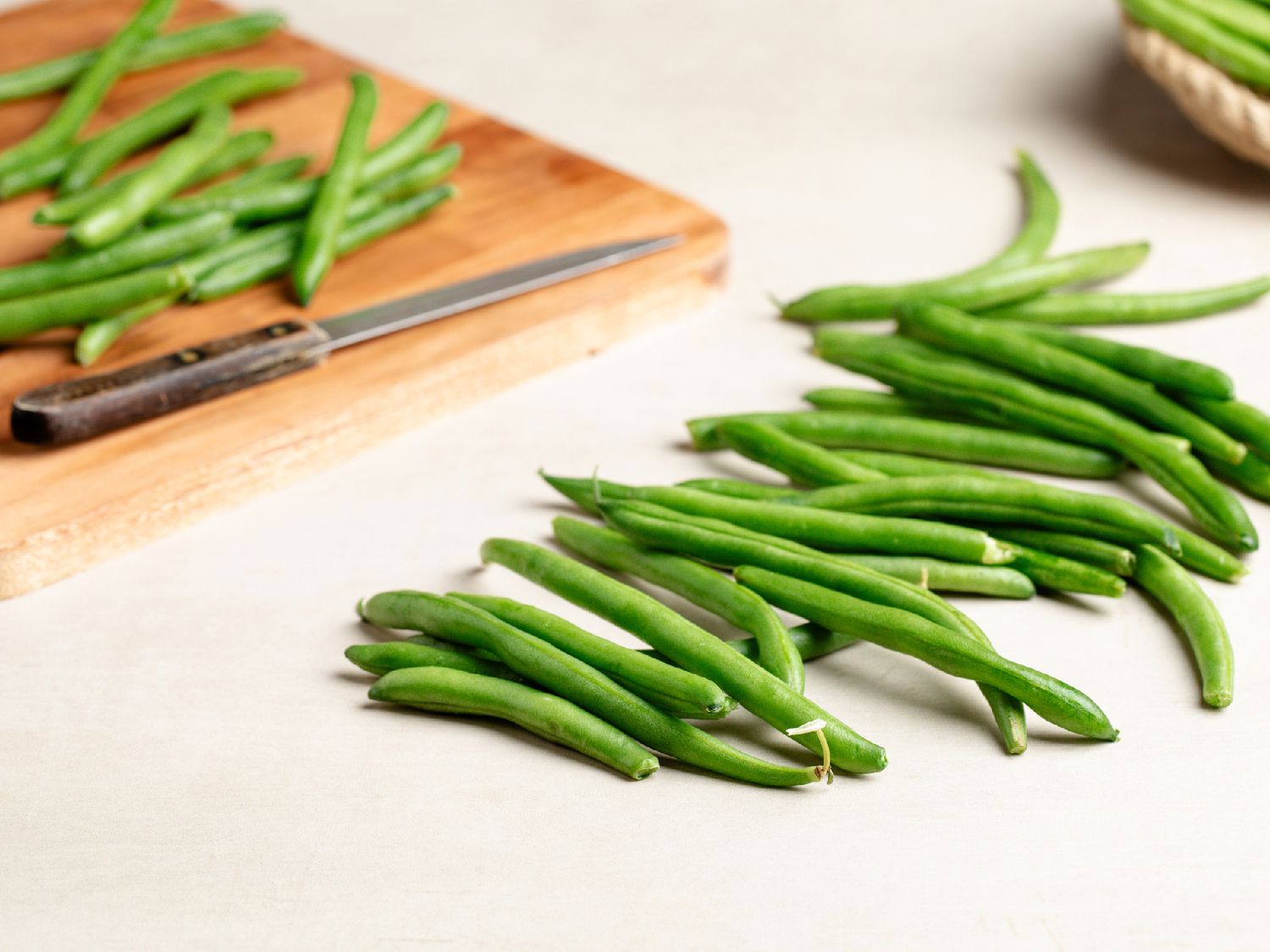

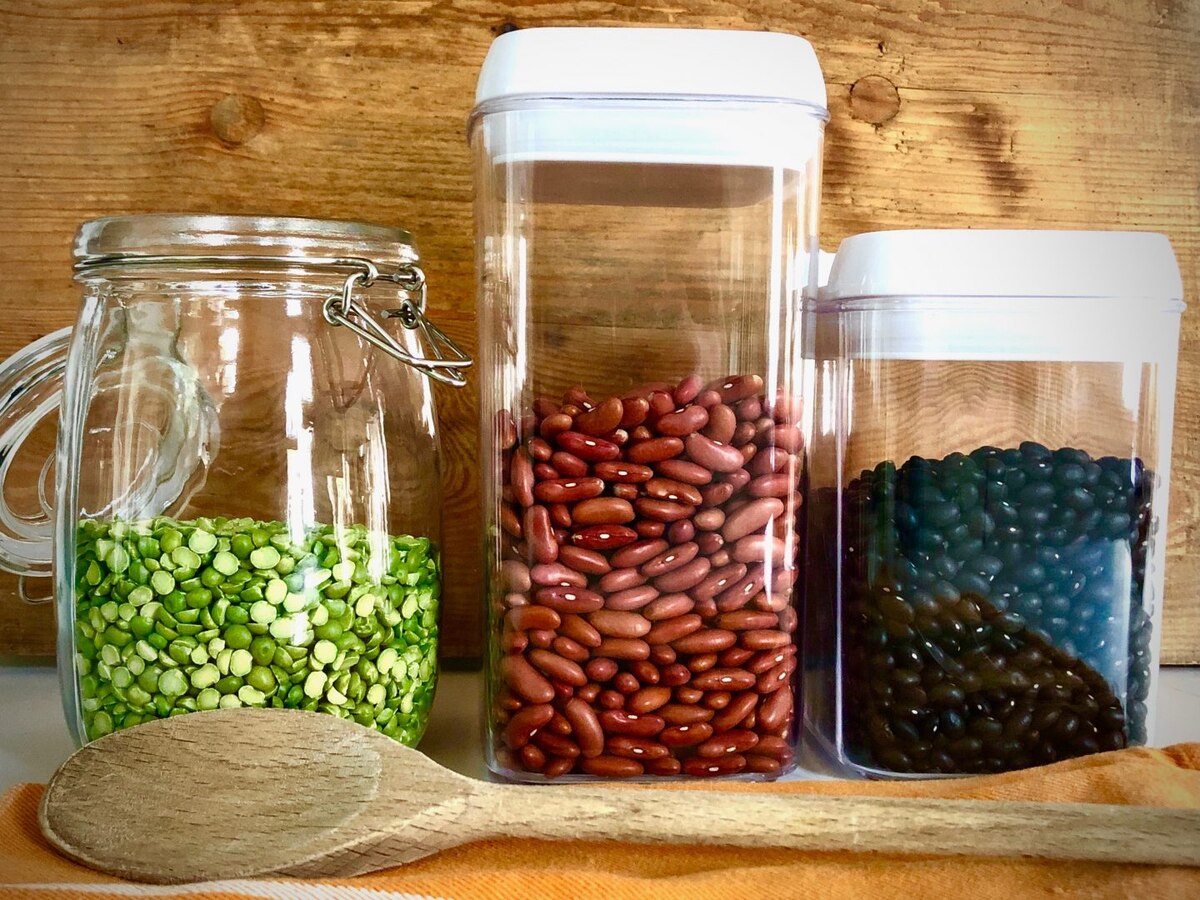
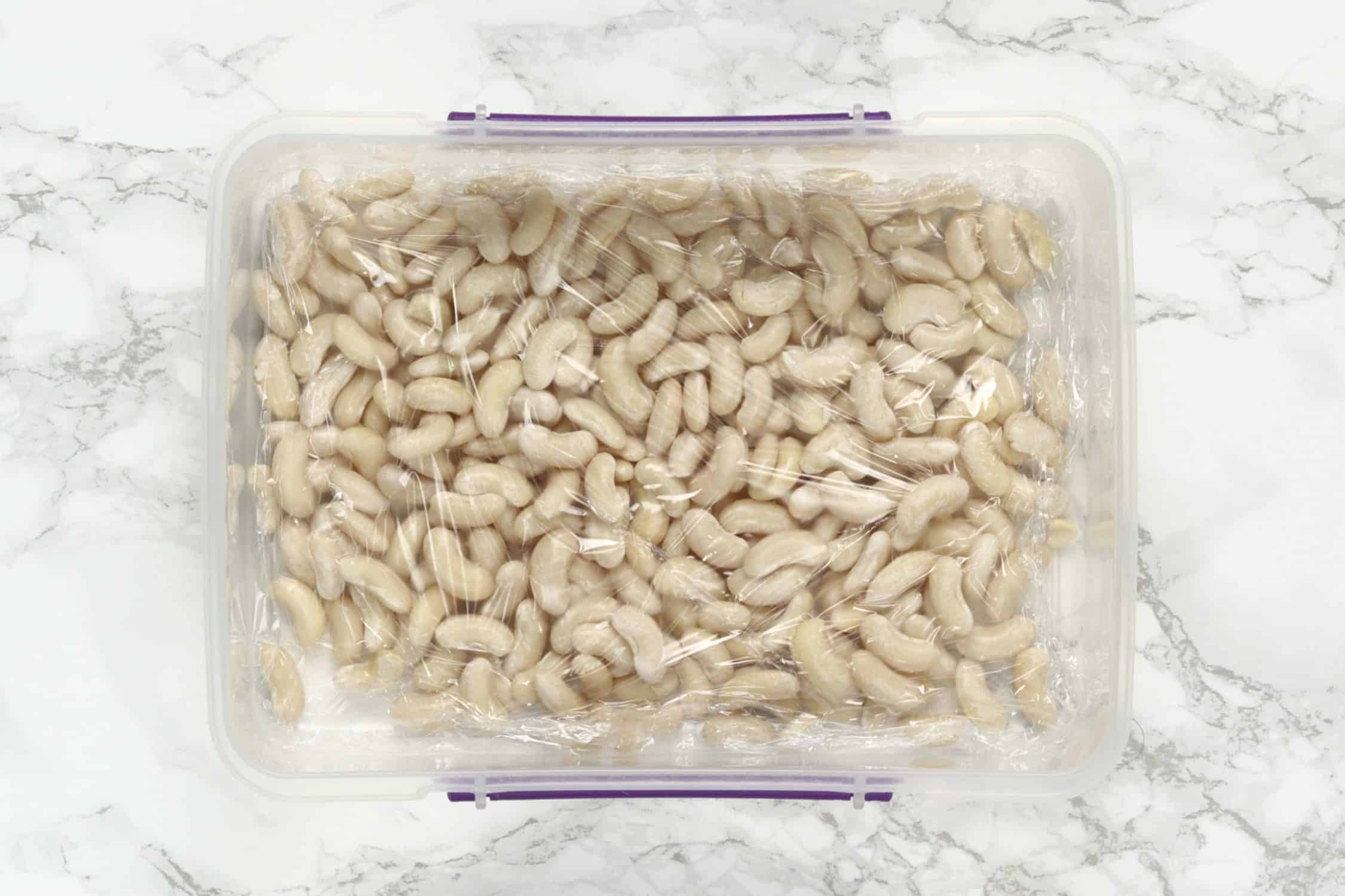

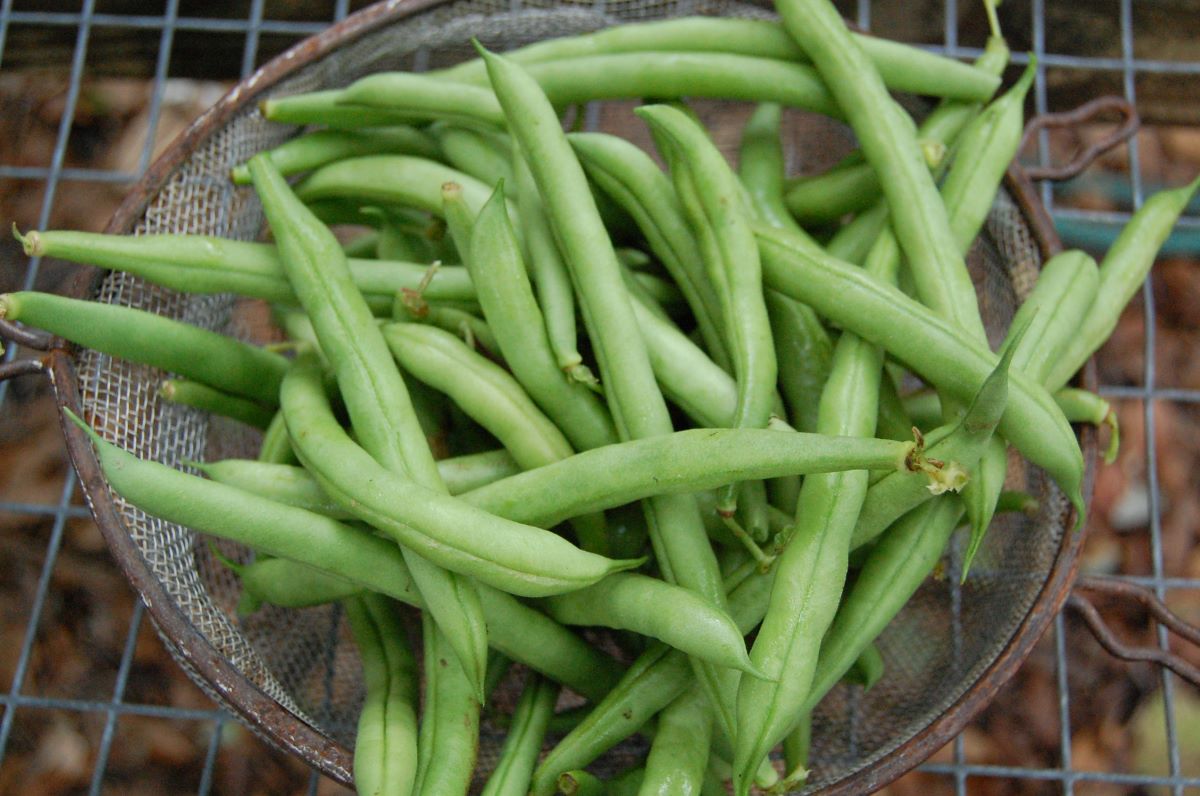


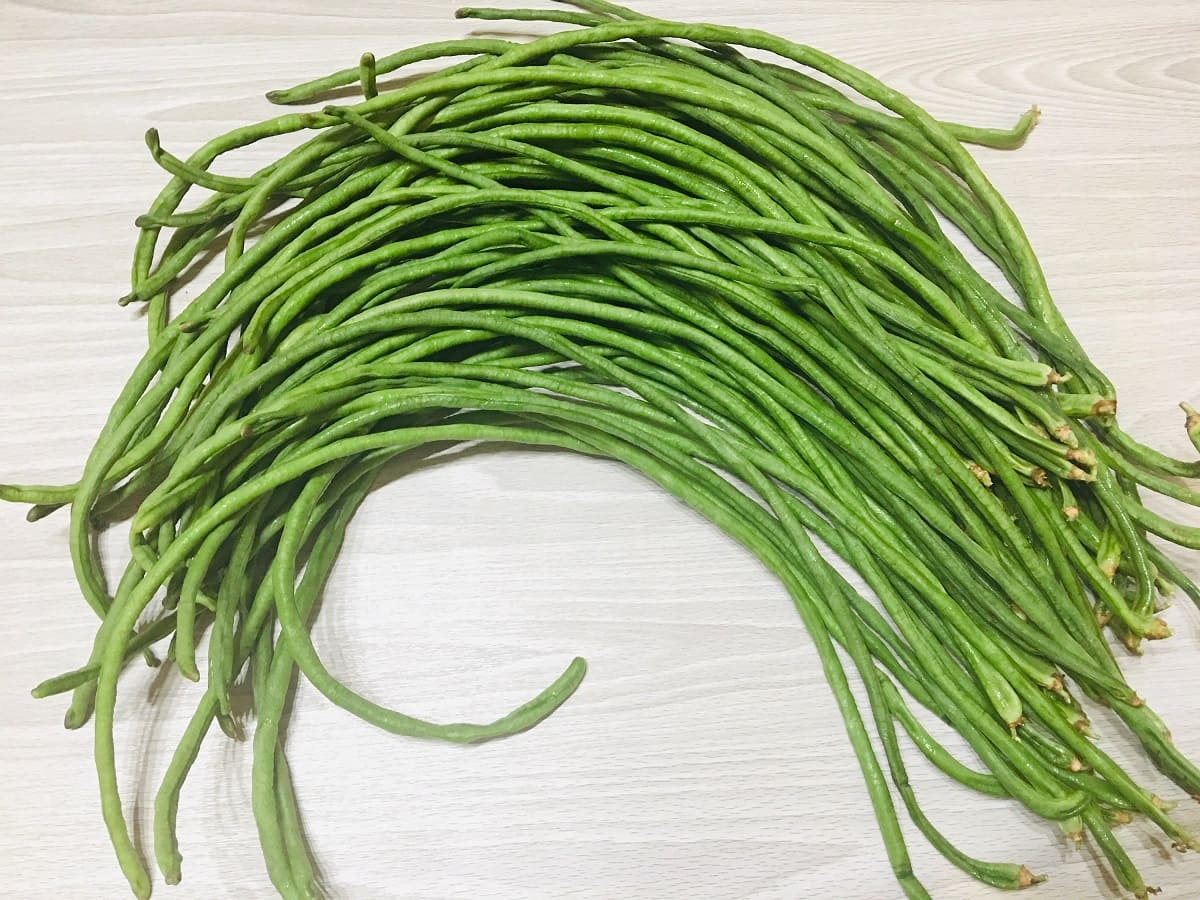
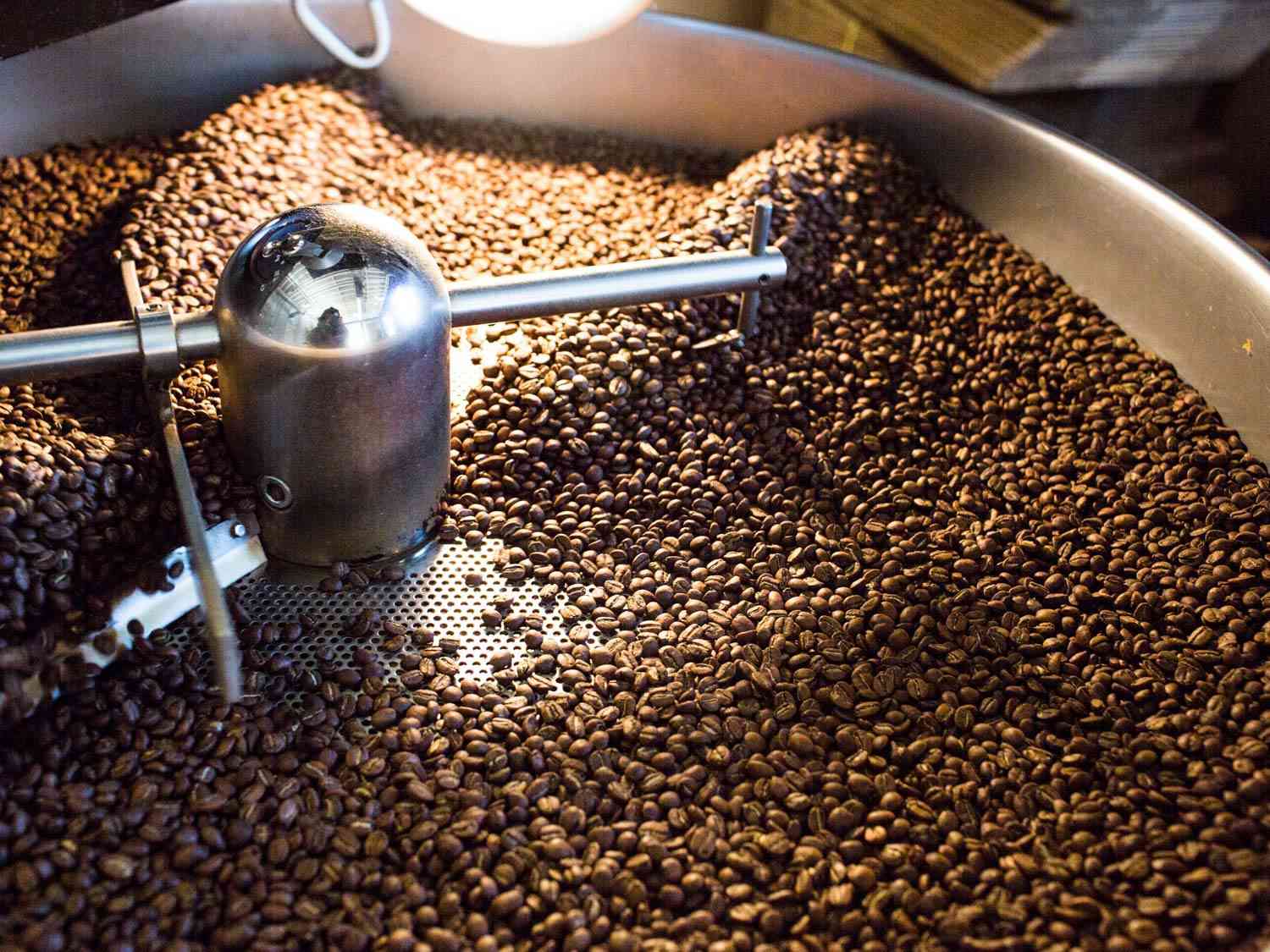

0 thoughts on “How To Store Pinto Beans”